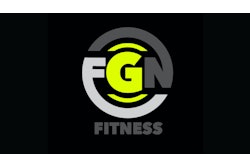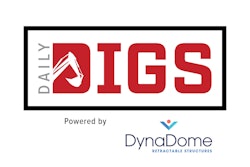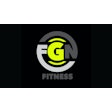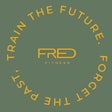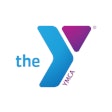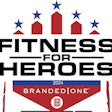At its most basic level, a strategic upsell creates happiness, is complementary to the initial purchase and grows your revenue. Imagine offering a dedicated locker, with daily laundry service, at a boutique gym in a cosmopolitan setting. Now you’re really serving the needs of the busy executive clientele who refuse to haul sweaty gym gear around the city.
A downsell provides value when there is an objection to the main offer and is helpful in offsetting the dollars invested to earn a new client. Suggesting an affordable monthly-payment option when someone refuses the paid-in-full annual membership may create a new member.
The quintessential “Would you like fries with that?” example, repeated ad infinitum in fast-food establishments worldwide, pitches a side of greasy goodness with your main meal, thereby “completing” it. Another upsell is an ice-cold soda pop. Because, much to the chagrin of card-carrying nutritionists, a fast-food meal is obviously incomplete without all three food groups — hamburger, fries and sugary beverage.
If the customer declines the beverage, perhaps they would accept the smaller-sized-drink downsell.
While there are no shortages of “bad” upsell examples, imagine placing your order at that same burger joint, cash in hand, when the attendant asks if you would like to add a single grilled ground-meat patty to your hamburger order — because this particular hamburger is served sans meat.
The main problem in this case is threefold:
1. Your main offer won’t work without the beef or another protein substitute.
2. The customer expects that protein is included with the initial hamburger order.
3. You just destroyed trust and, as a result, lost a customer.
Good news is you can keep your integrity and your client’s best interest in mind, while boosting your fitness business’ bottom line, with these four honest, actionable upsell-and-downsell strategies.
1. Create an Impossible-To-Refuse Upsell
Most clients seek us out to help them lose body fat. Since 1999, we have run a brick-and-mortar fitness coaching business, and also an online fitness-and-nutrition coaching program for individuals living outside of our geographic region.
Successful fitness coaches know that body fat is burned in the kitchen, and you can’t out-train poor nutrition.
However, some clients are too busy to prepare meals, or simply dislike cooking, so for that reason, our fitness coaching business also offers a “done-for-you” nutrition plan that includes ready-to-eat meals delivered to the client’s doorstep. One month of this meal plan upsell costs, on average, 50 percent less than buying one month’s worth of groceries, plus there’s no food prep required, so it’s a cost-savings benefit as well as a time-saver for the client. Also included is direct access to a living, breathing health coach on our team. This level of support creates accountability, encourages success and exceeds our client’s expectations.
2. Anticipate Objections with a Savvy Downsell
Gym-goers won’t travel more than four miles for a workout, according to recent Nielsen data from 7.5 million mobile devices used in fitness facilities across the United States. Nowadays, all face-to-face fitness businesses should also have a virtual training course, which allows your clients to get coaching and digest your health-and-fitness content anywhere they have an internet connection. “Get as close as you can to a real-world interaction and, as well as you can, mimic that on the web,” says Eric Turnnessen, founder of MemberMouse.com, an online membership platform.[i]
3. Stay in Touch
Remember the “done-for-you” nutrition plan I mentioned? Well about 25 percent of clients invest in that option on day one. But there are another 25 percent who take the upsell after a month of unsuccessful attempts to plan, purchase, prepare and package weekly portion-controlled meals on their own. How do we know that they are unsuccessful? We hold weekly accountability check-ins, every Monday, where we record their body fat and bodyweight. So, when the data tells us they have hit a plateau with their fat loss, yet still fall into the overweight or obese category, we suggest they invest in the meal-delivery service.
4. Incentivize the Upsell
It’s true that small hinges swing big doors. Fitness is a results- and referral-based business. Unlike big-box gyms that offer “access” to use fancy equipment, fitness coaching is profitable only when you can guarantee measurable outcomes and create jaw-dropping transformations. So, when you deliver on your promise of healthy body fat, you now have a walking, talking human billboard evangelizing you and your system. We encourage these success stories to “pay it forward” and talk about their journey with others who are ready to get healthy. To encourage this idea of sharing, we reward folks with one complimentary month of coaching for each person who joins our program as a result of their referral.
Joseph Arangio, CSC, is director at Peak Strength & Conditioning.



















